 |
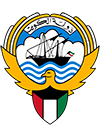 |
 |
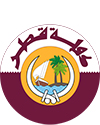 |
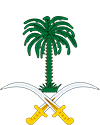 |
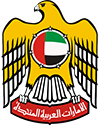 |
The mediocre oil price outlook invigorated the Vision 2030 reform agenda. In 2017, the authorities showed commitment to last year’s OPEC deal by restricting oil production and introduced major reform initiatives. With unfolding fiscal consolidation efforts, improvements in medium fiscal outlook were achieved at the expense of growth, which closely relies on public spending.
The Saudi Arabian economy grew at a more moderate rate of 1.7 percent in 2016 as oil prices continued to remain below USD$50 for almost the entire year. The data for the first half of 2017 suggests that GDP in the first quarter deteriorated, registering a 0.5 percent contraction on a year-over-year basis. The crude oil production index declined by 4.4 percent due to the OPEC agreement on curbing production. However, non-oil GDP grew by around 0.7 percent in the same period. Though official GDP data for the second quarter of 2017 has not been released, other indicators suggest continued subdued economic activity.
The fiscal deficit slightly deteriorated to 16.6 percent of GDP in 2016 compared to 15.8 percent a year earlier. In September 2016, the authorities introduced the biggest measure towards fiscal consolidation within the Fiscal Balance Program by a cut to civil service remuneration applying to around two thirds of employed nationals. However, a decision was taken in April 2017 to reverse some of the cuts (including all allowances, financial benefits, and bonuses, but not including the thirteenth month salary payments) after 6 months and reports of better than anticipated effects of other measures of fiscal consolidation that had also been implemented.
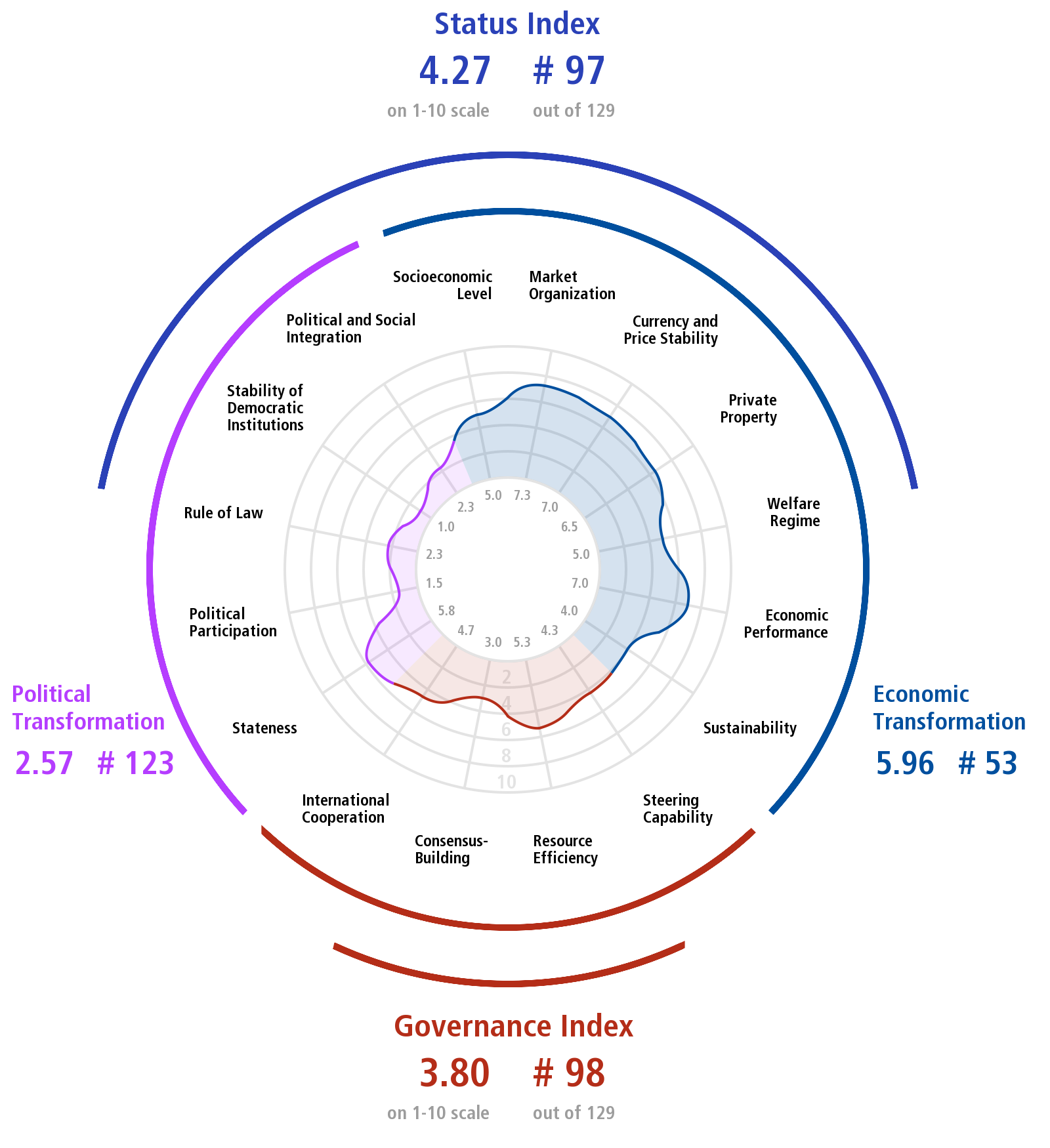
Note: Country profile information is compiled, unless otherwise stated, from the following sources:




| This website is maintained by Dr Emilie J. Rutledge, an Associate Professor of Economics and author of Monetary Union in the Gulf: Prospects for a Single Currency in the Arabian Peninsula. Emilie has developed a number of undergraduate and postgraduate courses that specifically cover the economic and sociopolitical trajectories of the six Gulf economies. Her present research interests are the Arabian Gulf’s labour market dynamics and economic diversification endeavours. Résumé Publications Consultancy |
